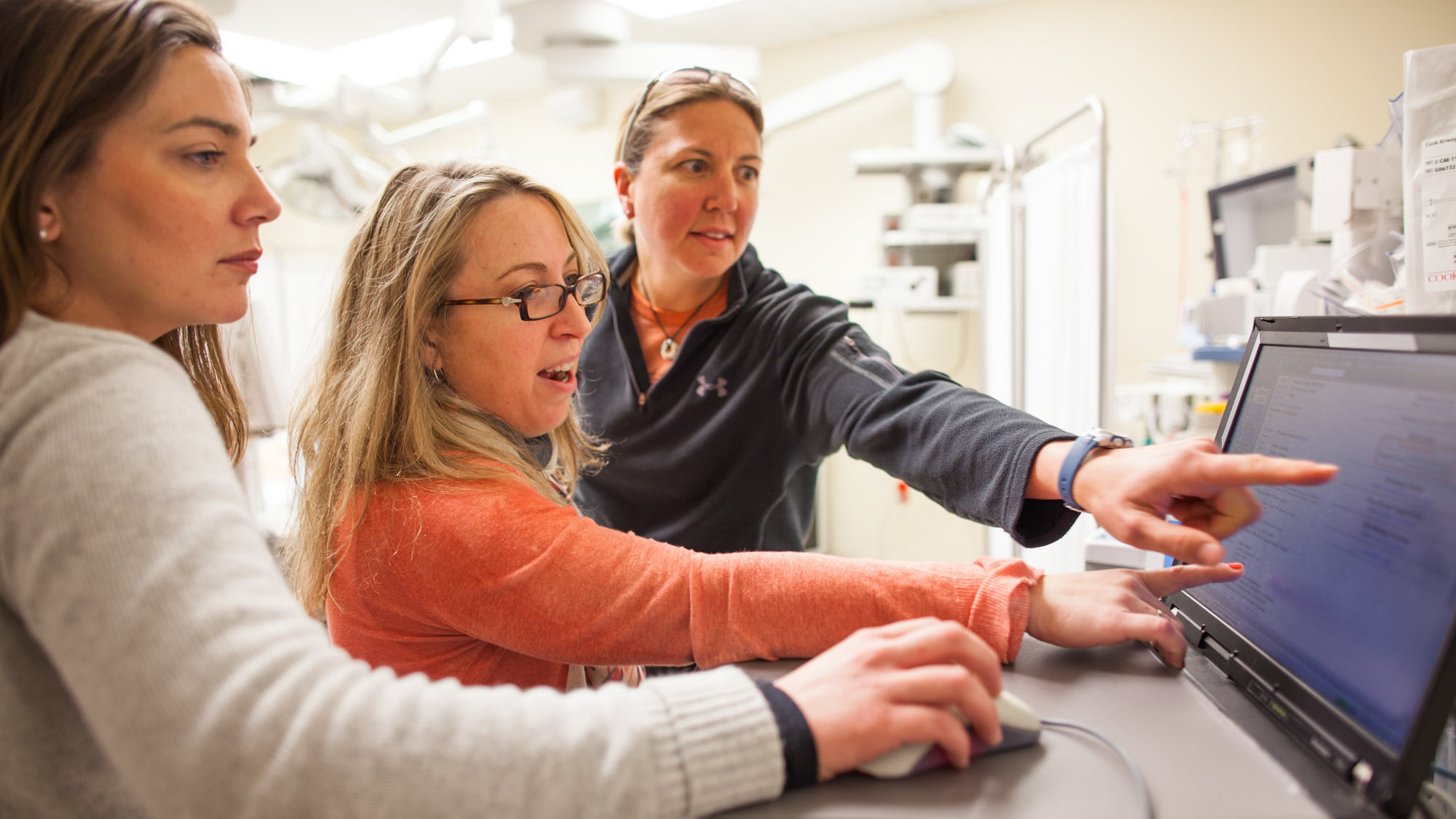Newsletter
Taking a Second Look at Nursing Malpractice Cases
Apr 30, 2019

That nurses are directly involved in virtually all aspects of medical care is obvious. Less obvious, however, is their degree of involvement in events that lead to allegations of medical malpractice.
Analysis of 60,000 medical professional liability (MPL) cases from 2007–2016 indicates that nurses account for less than three percent of the 104,000 defendants associated with those cases. Expanding the analysis to the clinical services caring for the patient at the time of the precipitating event, finds that nursing is primary or secondary responsible service in more than 17% of cases (and 20% when the cases involves a severe injury or patient death). For the most part (73%), cases with nursing as the responsible service stem from inpatient care.
Thus, if your only metric for nursing risk is MPL defendants, you are likely to underestimate your vulnerabilities and miss out on opportunities for patient safety improvement.
As noted in CRICO’s 2018 Candello Benchmarking Report, Medical Malpractice in America, the types of cases involving nursing—and their ultimate outcome—vary significantly between the primary and secondary service subsets. Nursing as the primary service cases cluster around “bedside” skills, (e.g., medication administration and monitoring, IVs, catheters, wound care) as well as clinical assessment and monitoring activities (e.g., minimizing fall risks and maintaining skin integrity).
When the nursing service is secondary, i.e., noted as sharing responsibility for the patient at the time of the alleged event, those cases are more likely to be triggered by inadequate patient assessment or provider-provider communication breakdowns in care related to diagnosis, surgery, or obstetrics. As a result, cases in which nursing is the secondary service are more likely to: a) involve a high-severity injury, b) close with an indemnity payment, and c) incur higher average payments.
| Percent of... | Nursing as primary service | Nursing as secondary service | All CBS |
| ...all cases | 9% | 9% | 100% |
| ...cases with a high-severity injury | 34% | 57% | 40% |
| ...cases closed with payment* | 44% | 49% | 30% |
| Average indemnity payment* | $245K | $570K | $330K |
As noted above, nursing being deemed a responsible service in a malpractice case does not directly correlate to a nurse being named as defendant in a claim or lawsuit. Even when nursing is identified as the primary responsible service, individual nurses represent less than 15 % of defendants (regardless of the injury severity). More often than not, the liability in such cases falls on the organization where the nurses practice, or to the physicians who were also involved in the patient’s care.
| Percent of cases when the defendant(s) include... | Nursing as | Other responsible | All CBS |
| ...an organization | 52% | 32% | 33% |
| ...one or more physicians (including residents & fellows) | 28% | 61% | 59% |
| ...one or more nurses (including RNs, CNPs, CNMs, CRNAs) | 14% | 2% | 3% |
Named or not, nurses are of course impacted when things go wrong, and are key to devising and implementing changes aimed at preventing a recurrence. Investigating the underlying factors in cases for which nurses are the secondary responsible service is an essential component of overall patient safety improvement.
*Based on 102,000 cases closed 2007–2016
Additional Materials
- Increased Risk of Burnout for Physicians and Nurses Involved in a Patient Safety Incident
- Helping Clinicians Cope after Adverse Events
